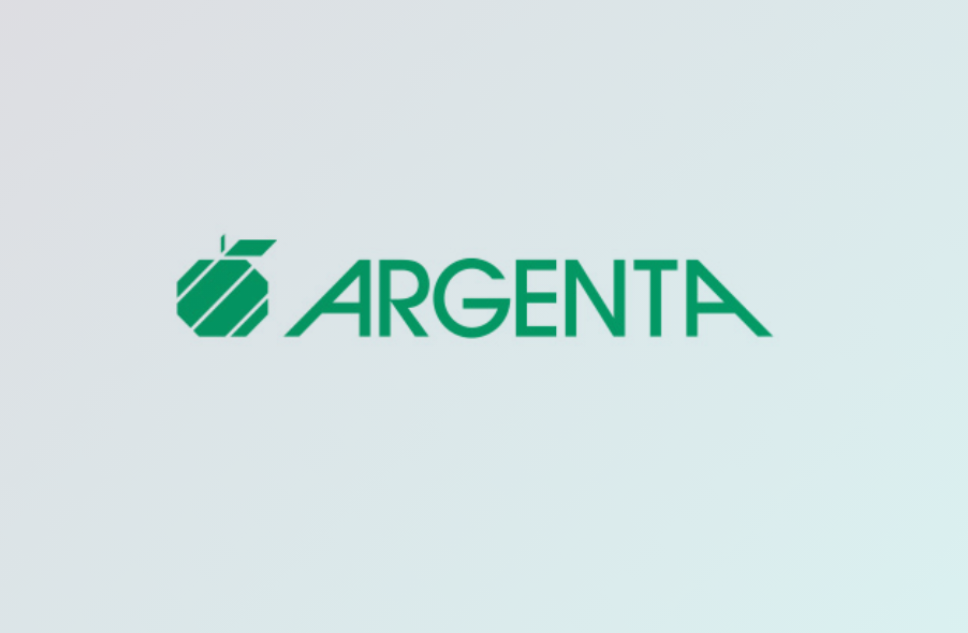How-to Experiment with New Apps in the Free Sandbox Environment of Mendix
Last edited on Jul, 01 2025 11:10:50 AM
Reading time: 6 minutes
Written by Minke van Dooremalen | Marketing Manager
Table of contents

In the fast-paced world of digital transformation, the ability to rapidly prototype and test applications is crucial. Mendix, a leading low-code platform, offers a free sandbox environment that empowers developers and business users to experiment with new app ideas without the need for immediate investment. This environment is ideal for validating concepts, testing functionalities, and demonstrating value before scaling up to a production environment.
This guide will walk you through the steps to leverage Mendix's sandbox environment effectively, ensuring you can innovate swiftly and confidently.
Step 1. Understand the Mendix Sandbox Environment
The Mendix sandbox is a free, cloud-based environment designed for developing and testing applications. It allows users to deploy apps directly from Mendix Studio Pro with a single click, making them accessible via the cloud. This setup is perfect for experimenting with new ideas or validating business concepts without the complexities of a full-scale production environment.
Key features of the sandbox include:
- 1 GB memory, 1 GB file storage, and 0.5 GB database size.
- Automatic sleep mode during inactivity, with quick restart upon usage.
- Limited to 50 concurrent users.
- No custom domain setup or advanced monitoring capabilities.
These constraints ensure that the sandbox remains a lightweight, cost-effective solution for early-stage development and testing.
Step 2. Deploy Your Application to the Sandbox
To deploy your application:
- Open Mendix Studio Pro and complete your app development.
- Click the 'Publish' button at the top of the interface.
- Mendix will automatically deploy your app to the sandbox environment.
- Once deployed, you'll receive a URL to access your app in the cloud.
This streamlined process allows for rapid testing and sharing of your application with stakeholders or team members.
Step 3. Create a Test Environment Within the Sandbox
While the sandbox is primarily designed for single-environment deployments, you can simulate a test environment using the following workaround:
- Create a new Mendix project to serve as your test environment.
- Deploy this project to the sandbox.
- Copy the project files from your production app, excluding .svn and .mendix-cache directories.
- Paste these files into your test project directory.
- Open the test project in Mendix Studio Pro, make necessary modifications, and deploy.
This method allows you to test changes without affecting your main application, ensuring stability and reliability.
Step 4. Transition to a Licensed Environment for Production
Once your application has been validated in the sandbox, transitioning to a licensed environment is essential for production deployment. Licensed environments offer:
- Custom domain setup.
- Enhanced scalability and performance.
- Advanced monitoring and logging capabilities.
- Support for scheduled events and environment-specific constants.
- Extended backup retention policies
Emixa provides comprehensive Mendix implementation services to assist in this transition, ensuring a smooth and efficient move to a production-ready environment.
Conclusion
Leveraging the Mendix sandbox environment is a strategic approach to accelerate digital transformation initiatives. It enables rapid prototyping, testing, and validation of applications, reducing time-to-market and fostering innovation. By following the steps outlined above, you can harness the full potential of Mendix's low-code platform, from initial concept to production deployment.
Ready to transform your ideas into reality? Explore Emixa's Mendix services and discover how we can support your digital journey.
Last edited on Jul, 01 2025 11:10:50 AM
Reading time: 6 minutes
Written by Minke van Dooremalen | Marketing Manager
Also see..
OverviewPop Vriend Seeds Embraces Low-Code with the Pop App
In the face of a growing global population and increasing demand for nutritious food, Pop Vriend...
Read more ⟶How Argenta Transformed Its Customer Environment with Emixa's Low-Code Solutions
In the rapidly evolving financial sector, digital transformation is not just a buzzword—it's a...
Read more ⟶What is Mendix V4 Cloud Migration and Why Is It Essential for Future-Ready App Development?
As digital transformation accelerates, businesses using low-code platforms must ensure their...
Read more ⟶

